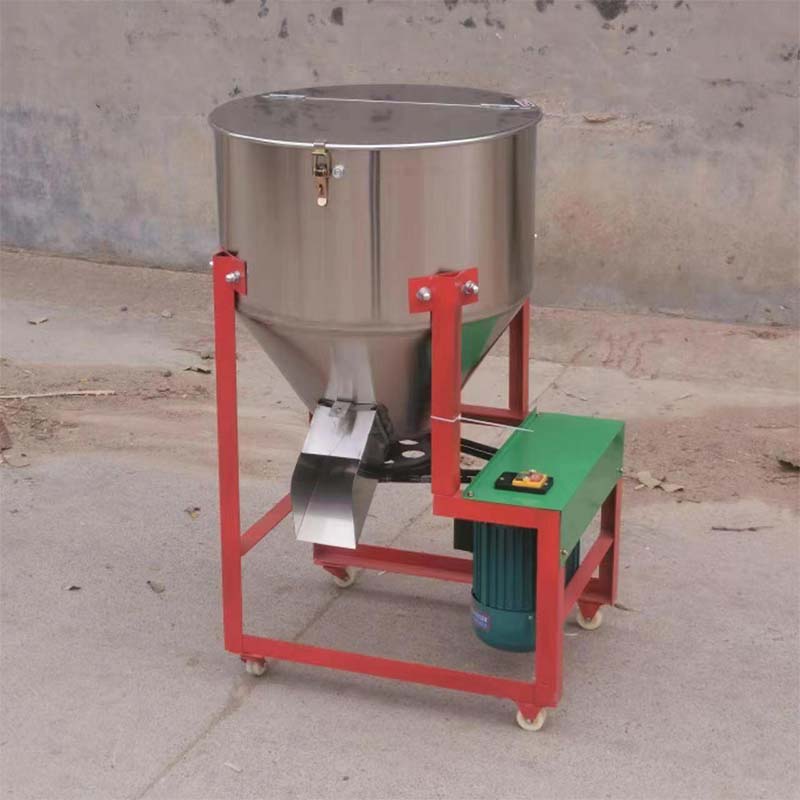Effective Solutions for Raising Chickens in Mesh Cages for Optimal Productivity
Dec . 17, 2024 04:27 Back to list
Effective Solutions for Raising Chickens in Mesh Cages for Optimal Productivity
Understanding Chicken Mesh Cages Benefits, Design, and Management
In the sphere of poultry farming, the welfare and productivity of chickens are vital for both economic success and ethical considerations. One critical component that significantly influences the living conditions of chickens is the use of chicken mesh cages. This article explores the benefits, design aspects, and management practices related to chicken mesh cages, emphasizing their importance in modern poultry farming.
What are Chicken Mesh Cages?
Chicken mesh cages are protective enclosures made primarily of wire mesh that house chickens, usually layers (hens raised for egg production). These cages are designed to provide a safe and controlled environment that can enhance productivity while ensuring the birds' welfare. Unlike traditional poultry farming, where chickens roam freely, mesh cages allow for high-density housing, making them an attractive option for commercial poultry enterprises.
Benefits of Chicken Mesh Cages
1. Space Efficiency One of the most notable advantages of using chicken mesh cages is their ability to optimize space. Farmers can house a larger number of chickens in a confined area without compromising airflow or access to food and water. This efficiency helps maximize production without the need for excessively large farm facilities.
2. Health Management Chicken mesh cages can help mitigate the spread of diseases among the flock. By confining birds to separate enclosures, the chances of disease transmission are reduced. Additionally, the design allows for easier monitoring of each chicken's health, as farmers can quickly identify any signs of illness or distress.
3. Improved Egg Collection In layer systems, mesh cages facilitate collection efficiency, as eggs are laid in designated areas that are easy to access. This design minimizes the damage to eggs during collection and ensures that all production is accounted for, making it advantageous for commercial operations.
4. Waste Management The design of most chicken mesh cages includes a sloped floor that allows for the easy removal of manure. This feature not only keeps the living area cleaner but also reduces labor costs associated with waste management and enhances the overall hygiene of the farm.
5. Biosecurity Chicken mesh cages provide enhanced biosecurity features since they limit the access of pests and wild birds, which can be vectors for infections. Additionally, controlled access for farm personnel ensures that potential contaminants are minimized, thus safeguarding flock health.
chicken mesh cage

Design Considerations
When it comes to designing chicken mesh cages, several factors must be considered to ensure the welfare of the chickens while maintaining efficiency
- Space Allocation Each chicken should have enough space to move comfortably. Depending on regulations and welfare guidelines, the space per bird can vary, but a common standard is around 0.5 square feet for layers in a cage system. - Material Quality The mesh must be durable, resistant to rust, and non-toxic to ensure longevity and the safety of the birds. Galvanized steel is commonly used for its strength and corrosion resistance.
- Ventilation Proper airflow is crucial to maintain appropriate temperature and humidity levels in the cages. Some designs incorporate ventilation systems to enhance air circulation.
- Ease of Access The design should allow for easy access for feeding, watering, and monitoring the chickens. This accessibility also simplifies maintenance and cleaning processes.
Management Practices
To ensure the optimal functioning of chicken mesh cages, farm management practices are key. Regular health check-ups for the birds, maintenance of the cages, and strict adherence to biosecurity protocols are essential. Additionally, farmers should stay informed about welfare regulations and practices to ensure their operations are compliant with ethical standards.
Conclusion
Chicken mesh cages represent a practical solution in modern poultry farming, balancing productivity, health, and welfare needs. As the industry continues to evolve, the design and management practices surrounding mesh cages are likely to adapt, incorporating new technologies and scientific research. By understanding and implementing effective cage systems, poultry farmers can enhance their operations while ensuring the well-being of their flocks.
-
Hot Sale 24 & 18 Door Rabbit Cages - Premium Breeding Solutions
NewsJul.25,2025
-
Automatic Feeding Line System Pan Feeder Nipple Drinker - Anping County Yize Metal Products Co., Ltd.
NewsJul.21,2025
-
Automatic Feeding Line System Pan Feeder Nipple Drinker - Anping County Yize Metal Products Co., Ltd.
NewsJul.21,2025
-
Automatic Feeding Line System - Anping Yize | Precision & Nipple
NewsJul.21,2025
-
Automatic Feeding Line System - Anping Yize | Precision & Nipple
NewsJul.21,2025
-
Automatic Feeding Line System-Anping County Yize Metal Products Co., Ltd.|Efficient Feed Distribution&Customized Animal Farming Solutions
NewsJul.21,2025






